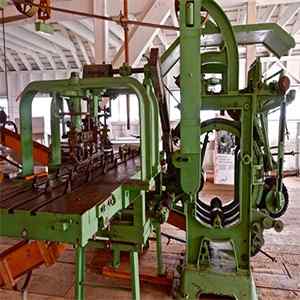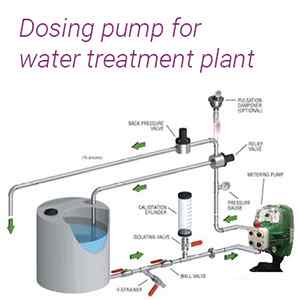Articles
Types Of Industrial Electronic Parts And Components

Several basic industrial electronic components are used for building electronic circuits. The circuit designs are never complete or do not function well, without these components. Resistors, capacitors, diodes, integrated circuits, and so on are some of the components. Few of these consist of two or more terminals which are soldered to circuit boards. While some may be packaged type like integrated circuits in which different semiconductor devices are integrated. Some of these components such as rectifiers, diodes, IC's, vacuum tubes, transistors are termed as active components as they take part in the energy transformation, while the resistors, inductances, and capacitances, which only store or dissipate energy are known as the passive elements.
In this article, we will give you a brief overview of each of these basic and important industrial electronic components and their characteristics.
An Overview Of The Types Of Industrial Electronic Parts And Components
A) Resistors
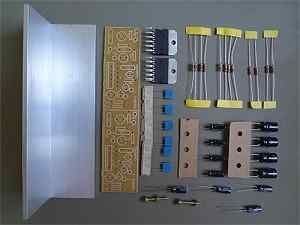 A resistor is one of the industrial electronics devices, that you will come across in an integrated circuit. As the name suggests, the device is a passive two-terminal electrical one, that resists the flow of current. It's one of the basic industrial electrical components used in electronic circuits. The resistors, based on their power ratings and resistance values are graded. The measurement is done in units known as ohms, while the electronic symbol of the unit is O. Resistors are a good way to control current and voltage in your circuit. Although the resistors have plenty of applications, the three most common functions are -
A resistor is one of the industrial electronics devices, that you will come across in an integrated circuit. As the name suggests, the device is a passive two-terminal electrical one, that resists the flow of current. It's one of the basic industrial electrical components used in electronic circuits. The resistors, based on their power ratings and resistance values are graded. The measurement is done in units known as ohms, while the electronic symbol of the unit is O. Resistors are a good way to control current and voltage in your circuit. Although the resistors have plenty of applications, the three most common functions are -
- Dividing voltage
- Resistor-capacitor networks and
- Managing the current flow.
B) Capacitors

The capacitors are probably the second most commonly used components in electronic circuits, next to resistors. A capacitor is a passive two-terminal industrial electrical component device that can store electric charge temporarily. To define it in simple terms, the capacitor works as a small rechargeable battery that stores electricity. However, unlike a battery, it can discharge and charge in the split of a second. These are used widely to build different types of electronic circuits. The capacitors come in various varieties, the two most common being electrolytic and ceramic disk. Usually, the amount of capacitance of a given capacitor is measured in microfarads, abbreviated as μF.
Even though the capacitors look like batteries, different types of functions are performed by them in a circuit such as blocking direct current while allowing the alternating current to smooth or pass the output from a power supply. Apart from this, they are also used in electric power transmission systems for voltage stabilization and power flow. The "power factor correction" is one of the most significant feature of a capacitor in the AC systems. Without this feature, you cannot provide sufficient amounts of starting torque to single-phase motors. Other applications of these capacitors can be found in -
- Filter capacitor applications
- Hold-up capacitor applications
- Timer capacitor applications
C) Diodes

Diodes are two-terminal devices that allow the electric current to flow in a single direction only. Every diode has two terminals, known as the anode and cathode. The electric current can flow when the anode is charged with positive voltage and cathode with a negative one, and reversing these voltages will stop the current from flowing. The diodes are commonly used to convert alternating current to direct current. Generally, the material used is semiconductor (semiconductor diode) or vacuum tube (vacuum tube diode). However, these days most of the diodes are made from a semiconductor material, particularly silicon is used. Although diodes are one of the simplest industrial electrical components in an electronic circuit, they have distinctive applications across industries.
- AC to DC conversion
- Bypass diodes
- Voltage spike protection
- Signal demodulation
- Reverse current protection
D) Transistors

Transistors have revolutionized the field of electronics, as they are one of the most crucial components of an electronic circuit. It's a three-terminal device, in which a voltage has to be applied to one of the terminals i.e. base terminal, which can control current flow across the other two terminals i.e. the emitter and collector. The transistors are often used as switching devices and amplifiers. The material used in the transistors is usually silicon, as they are much temperature-tolerant and cheaper to manufacture. Transistors are used in numerous applications such as :
- Transistors in hearing aids
- Transistors in computers and calculators
- Darlington transistors
- IGBT and MOSFET transistors
E) Inductors
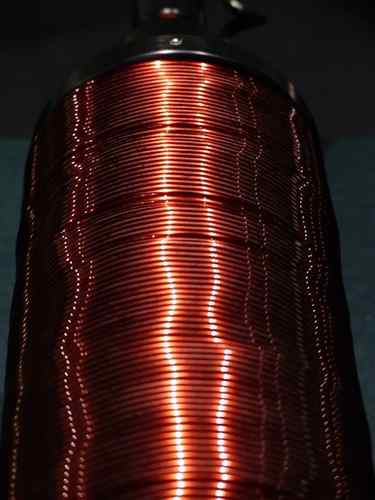
Also known as a reactor, inductors are passive components of a circuit with two terminals. The device stores energy in its magnetic field, returning it to the circuit whenever required. An inductor simply consists of a coil of wire around some kind of the core, which could be a magnet or air. A magnetic field is created when current passes through the inductor. It was discovered that the magnetic field created by the first inductor affects the second inductor when two inductors are placed side by side without touching. This was a crucial breakthrough that led to the invention of the first transformers. Though inductors are useful, it's difficult to incorporate them into electronic circuits due to their size. They add a lot of weight and occupy plenty of space, as they are bulkier compared to other components. Hence, in integrated circuits, the inductors are replaced by resistors. The inductors, still, have a wide range of industrial applications.
- Filters in tuned circuits
- Inductors as chokes
- Ferrite beads
- Inductors in proximity sensors
- Induction motors
- Transformers
- Energy storage
F) Integrated Circuits
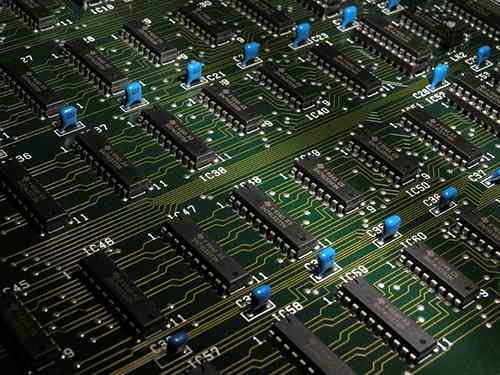
Integrated circuits are special devices that have all the components required in an electronic circuit. The component has transistors, diodes, and other devices, all of which are etched onto a tiny piece of silicon. These are the building blocks of modern electronic devices, including computers, watches, and cellphones. The integrated circuits are the tiny electronic circuits that can fit inside a small silicon chip. The main purpose of integrated circuits is to increase the efficiency of the electronic devices while reducing their manufacturing cost and size. As technology continues to evolve, the integrated circuits have become increasingly sophisticated and that's the reason why personal computers, mobiles, laptops, and other consumer electronics are getting cheaper and better by the day.
G) Relays
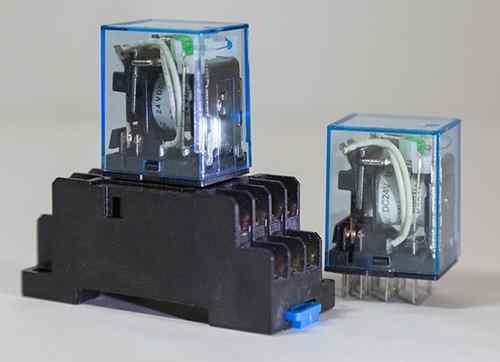
A relay is nothing but an electromagnetic switch that can close and open circuits electronically or electromechanically. To operate a relay, you just need a relatively small current. The relays are used to regulate low currents in a control circuit. However, high electric currents can also be controlled with relays. These electromechanical switches shut power on or off. A relay includes an armature, a frame, a coil, an electromagnet, a spring and a series of electrical contacts.
Most control processes use relays as their switching devices and primary protection, as they control a high current circuit by a low current signal. Any faults and irregularities occurring in the power distribution can also be detected with relays. Typical applications include - automobiles, home appliances, telecommunication, computers, traffic control systems, among others. The different types of relays used in industrial applications are -
- Protective relays
- Automatic reclosing relays
- Thermal relays
Market Insights :
According to a new study, the worldwide market for electronic components is expected to rise at a CAGR of roughly 5.6% over the next five years and will reach 499600 million US$ in 2024, from 360700 million US$ in 2019.





